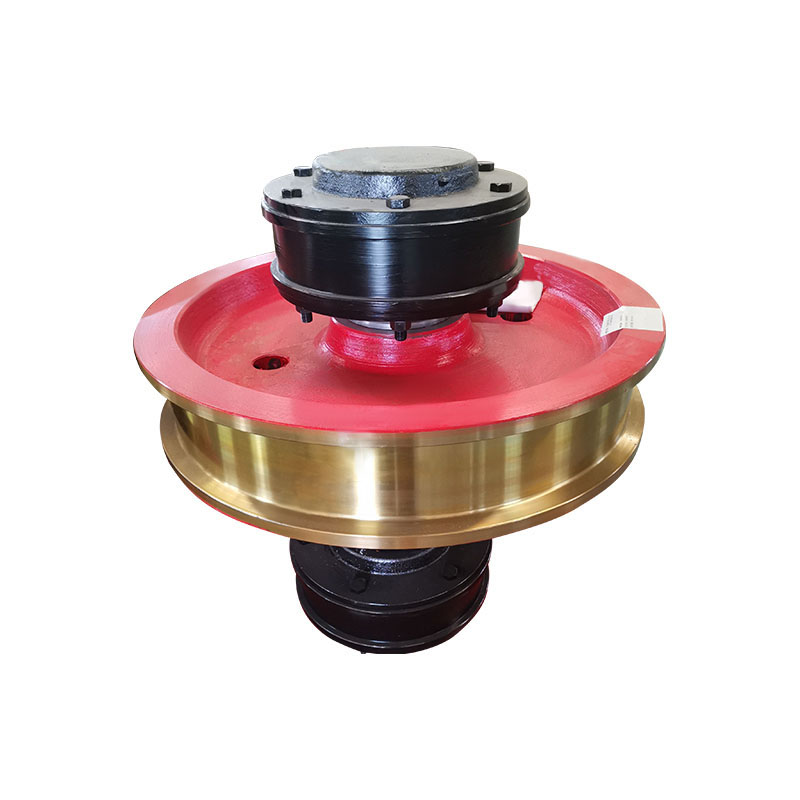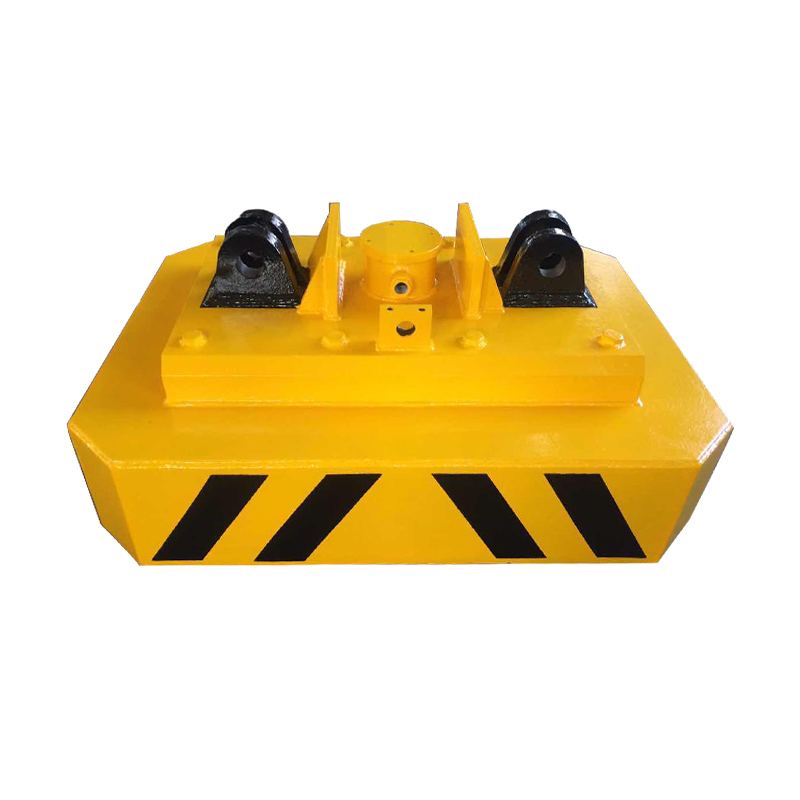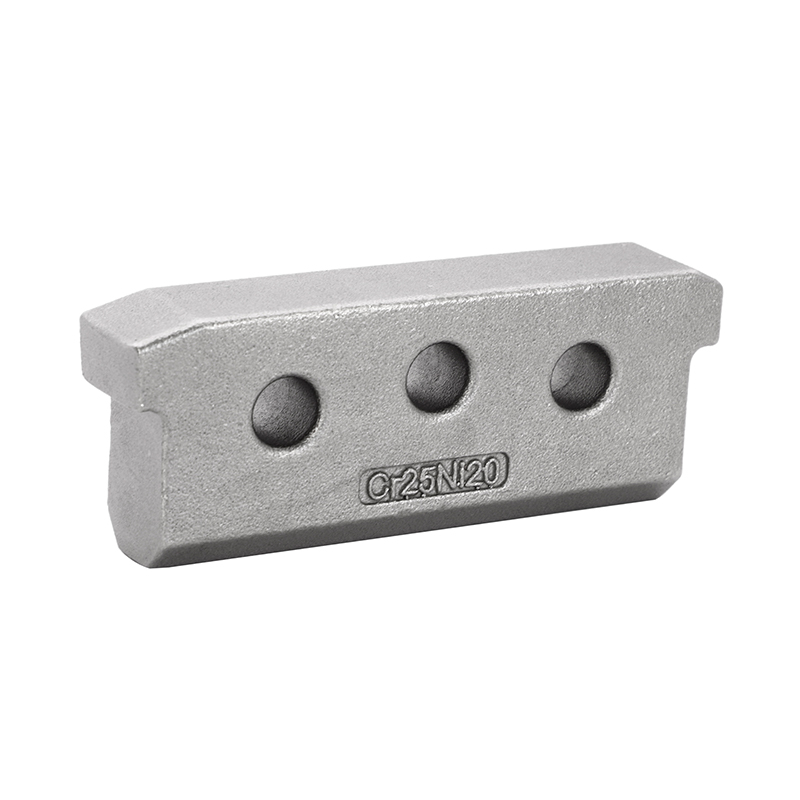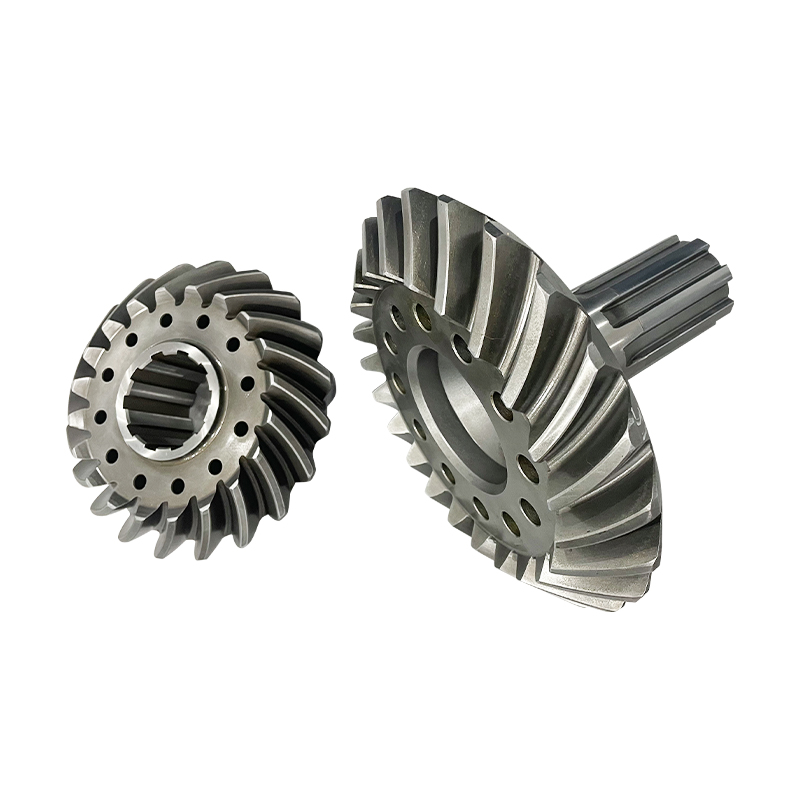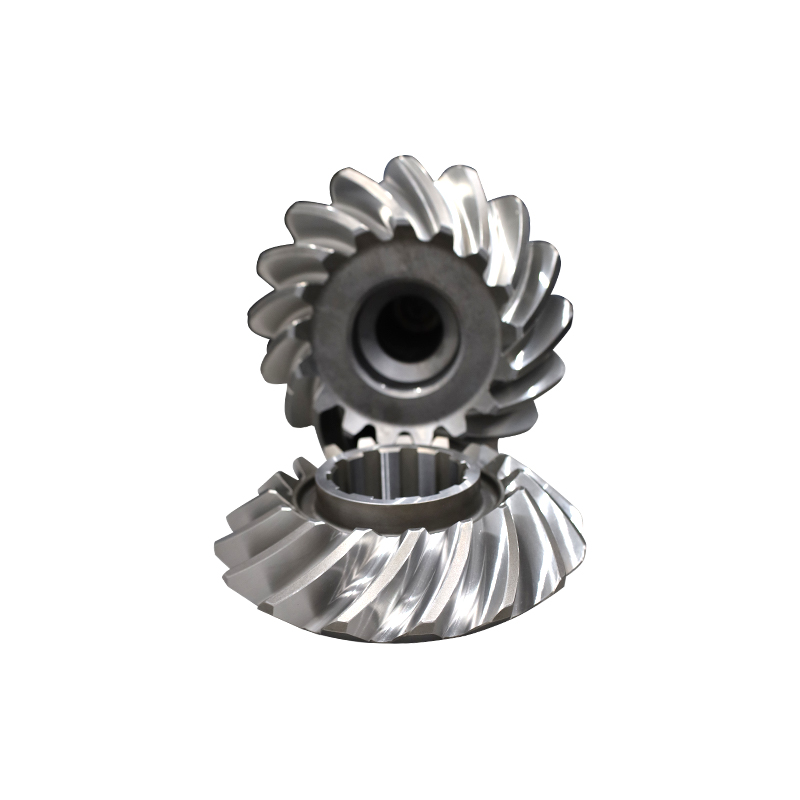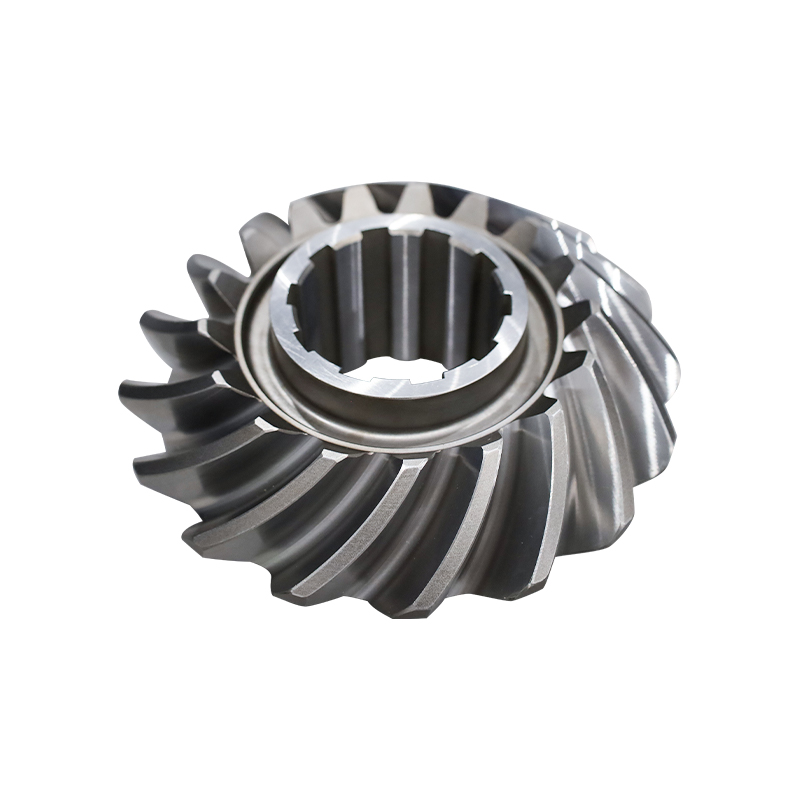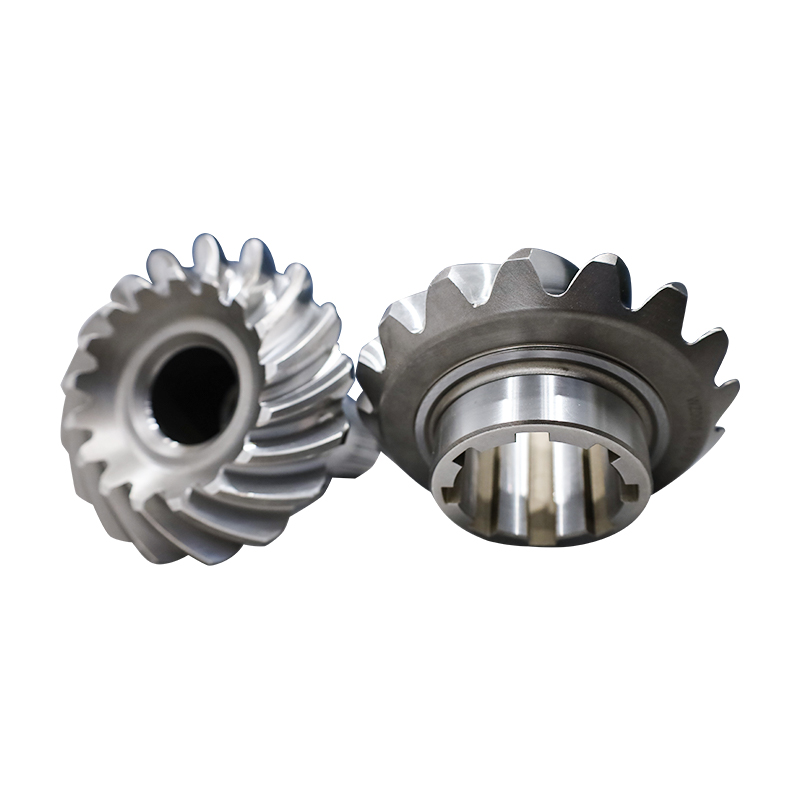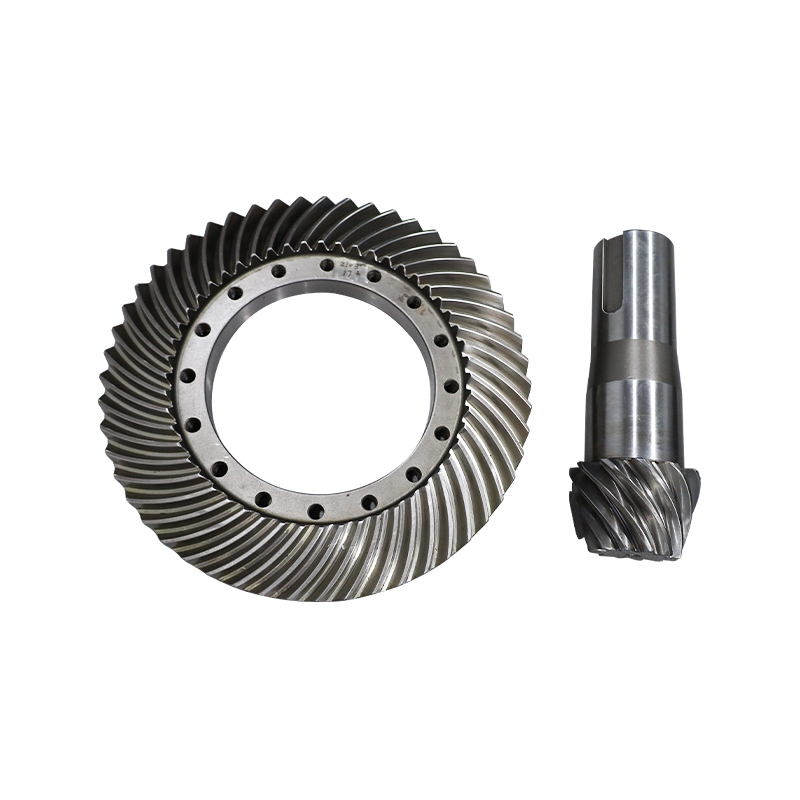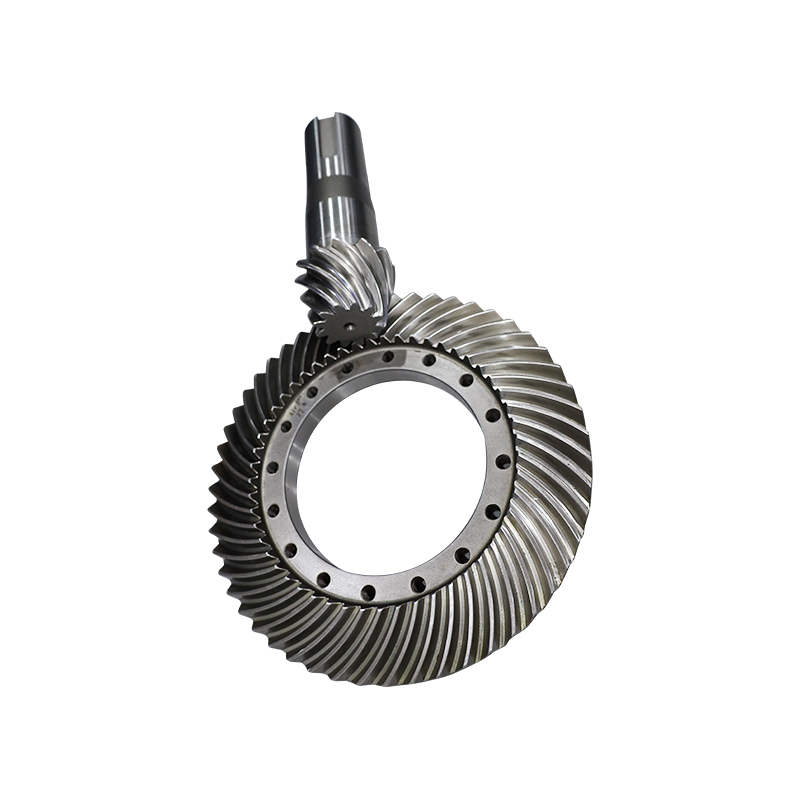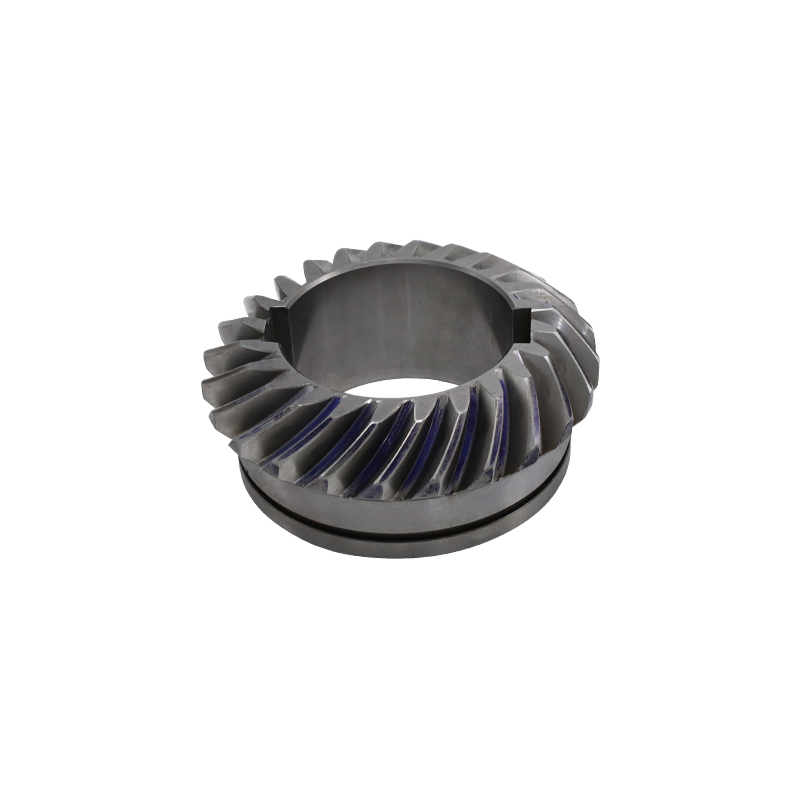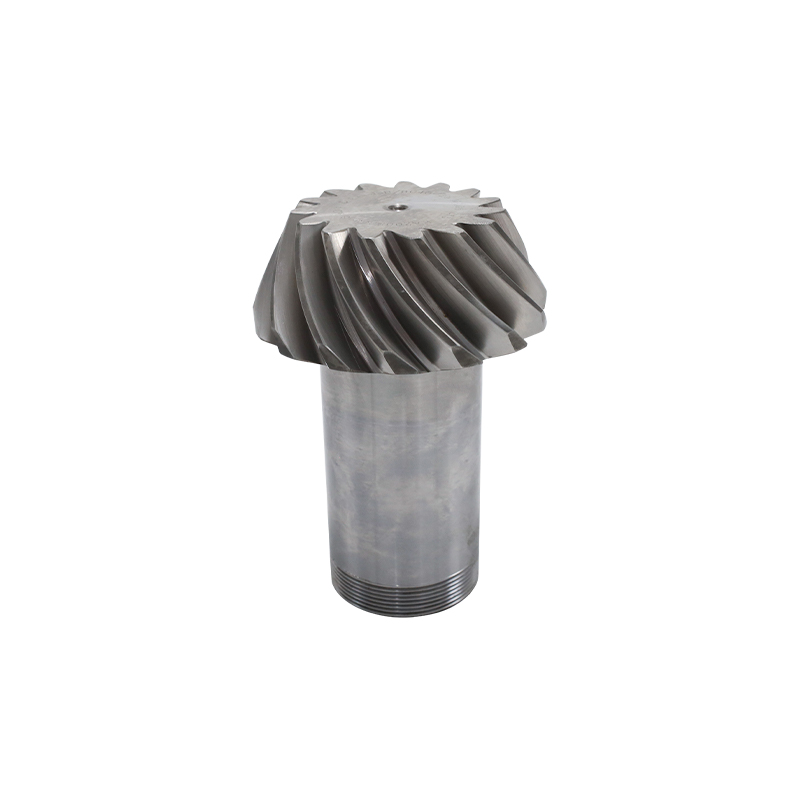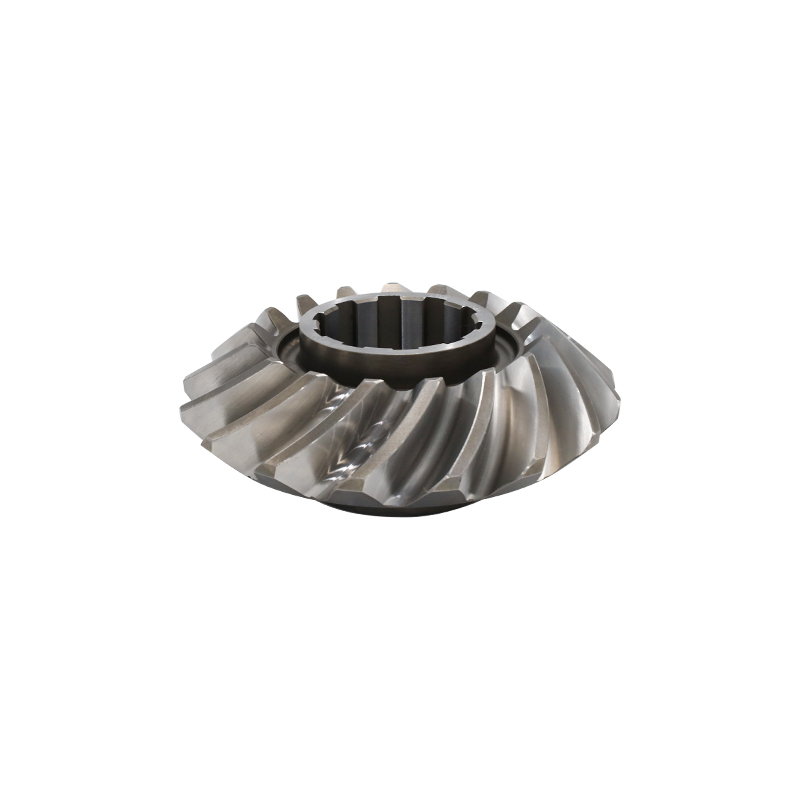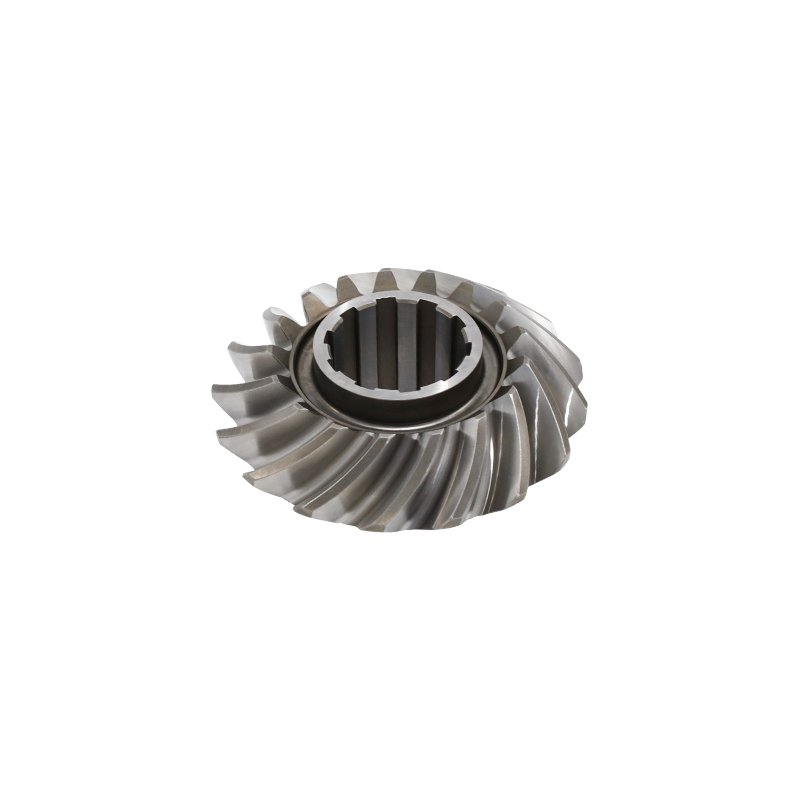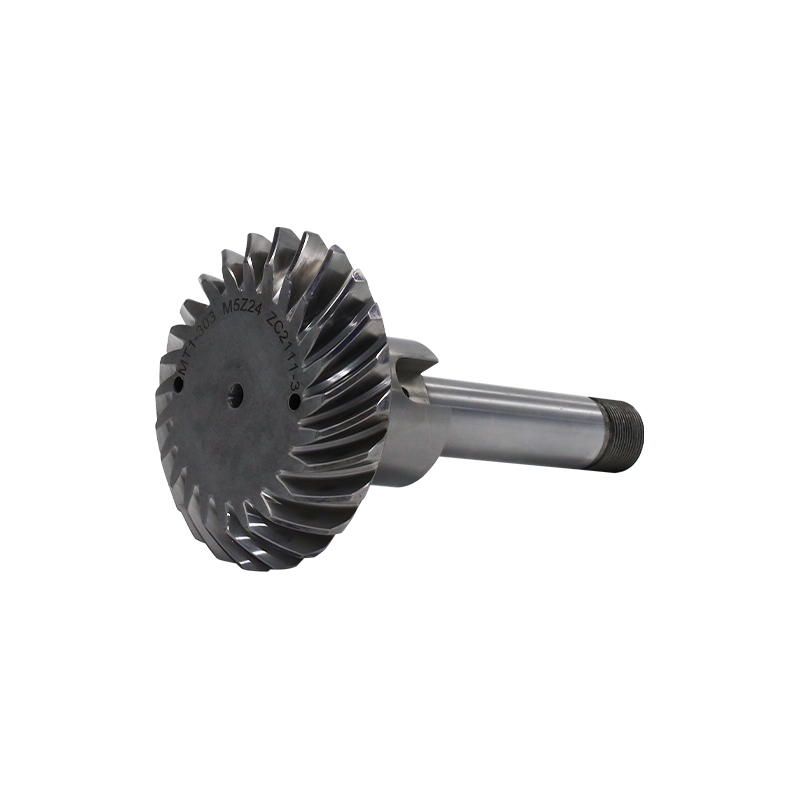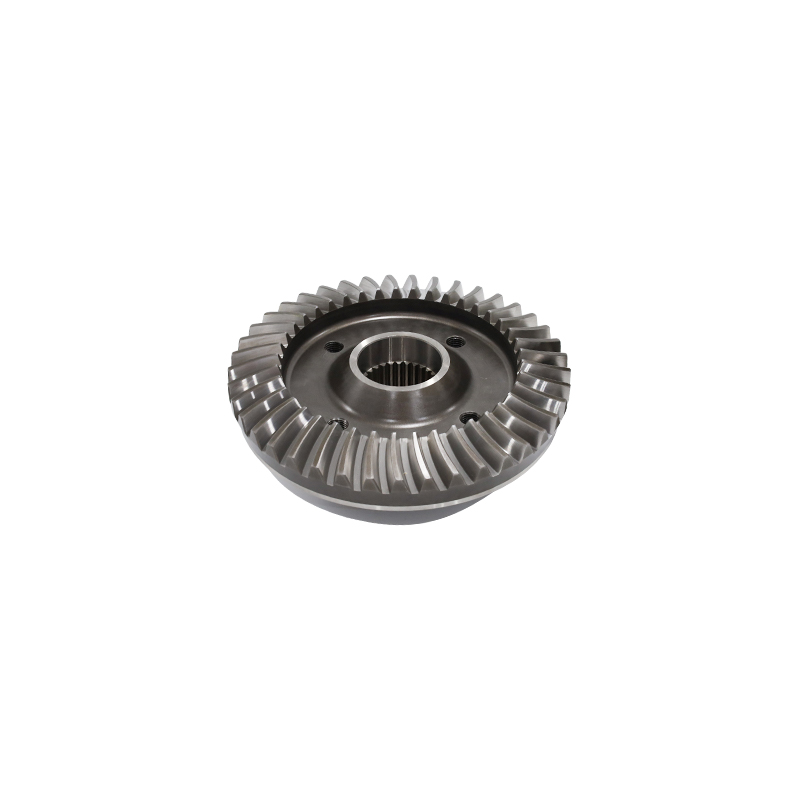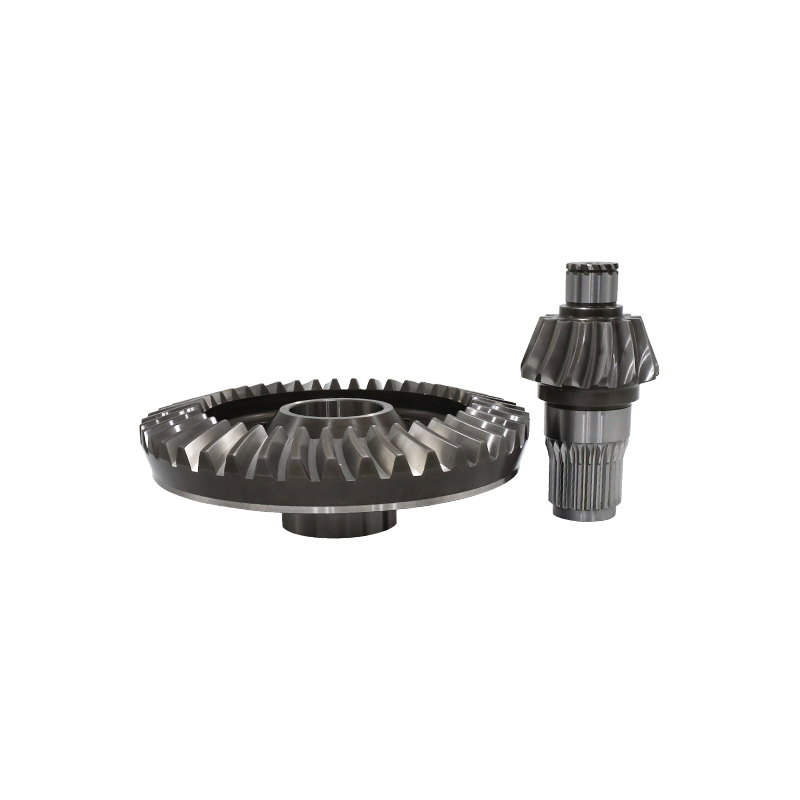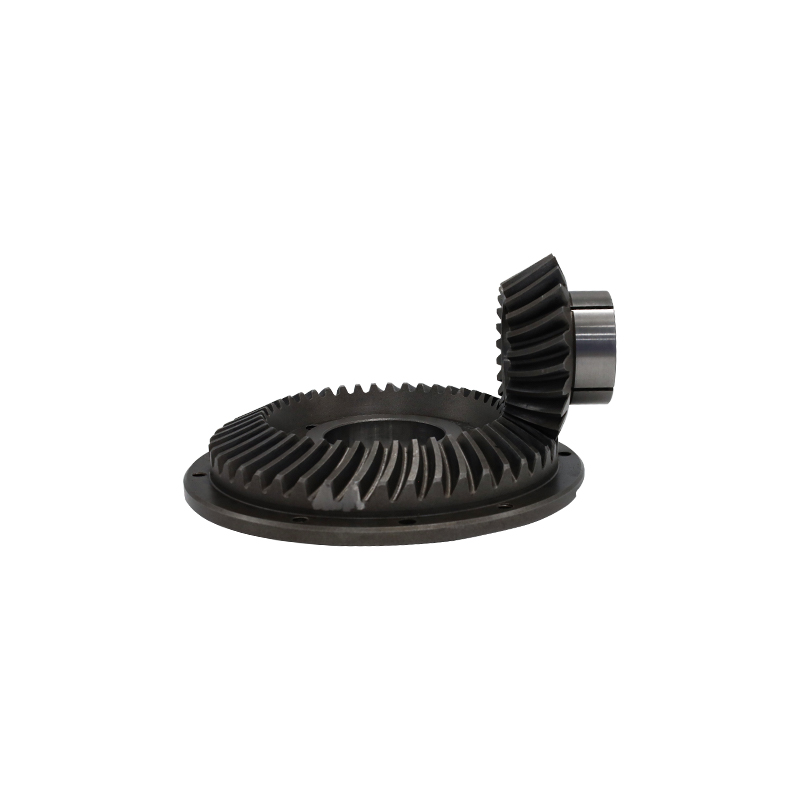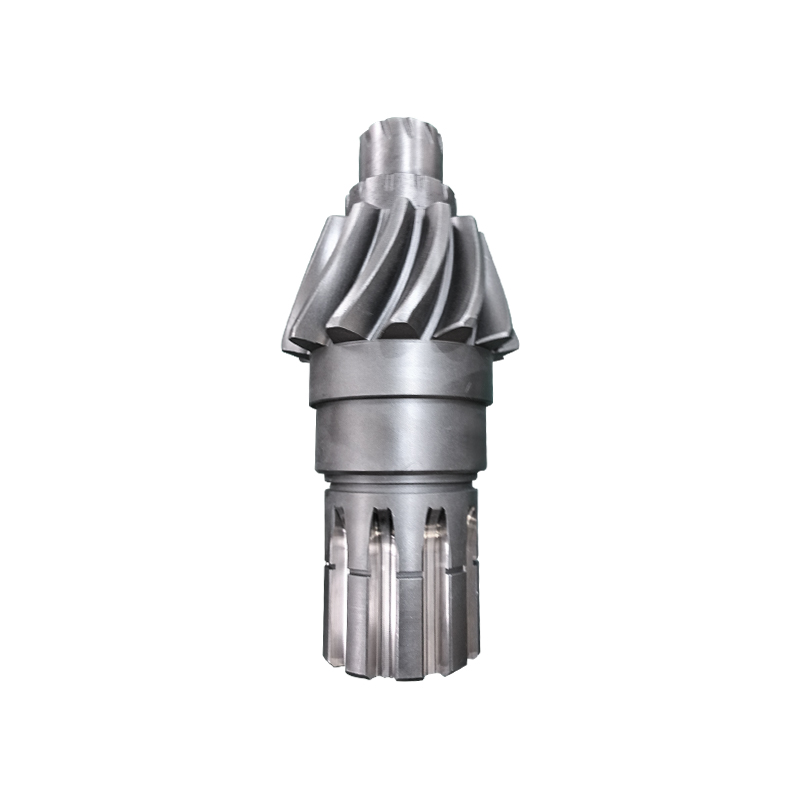Bevel gears, also known as bevel gears or bevel gears, are a common gear type in mechanical transmission. Its unique conical design gives it significant advantages in specific application scenarios. The teeth of the bevel teeth spread out along the conical surface, resembling an open umbrella, hence the name. This design enables the bevel gear to transmit and convert power between two intersecting or staggered axes. Compared with other types of gears, bevel gears can achieve larger transmission ratios in a more compact space while maintaining stable transmission performance.
The tooth surface of the bevel gear usually adopts an involute tooth profile, which has the advantages of high transmission efficiency, low wear, and low noise. During the manufacturing process, bevel gears need to undergo precise gear cutting, grinding, and other processes to ensure their tooth surface accuracy and transmission performance.
In practical applications, bevel gears are often used in the transmission systems of automobiles, engineering machinery, machine tools, and other equipment. For example, in the rear axle of a car, bevel teeth are used to drive the wheels to achieve power transmission and differential adjustment. In engineering machinery, bevel gears are often used to achieve power distribution and transmission between different working mechanisms.
As an important transmission element, bevel gears have broad application prospects in the field of mechanical transmission. Its unique tapered design and transmission performance enable it to maintain stable working conditions under various complex working conditions, providing a strong guarantee for the normal operation of mechanical equipment.



 English
English русский
русский